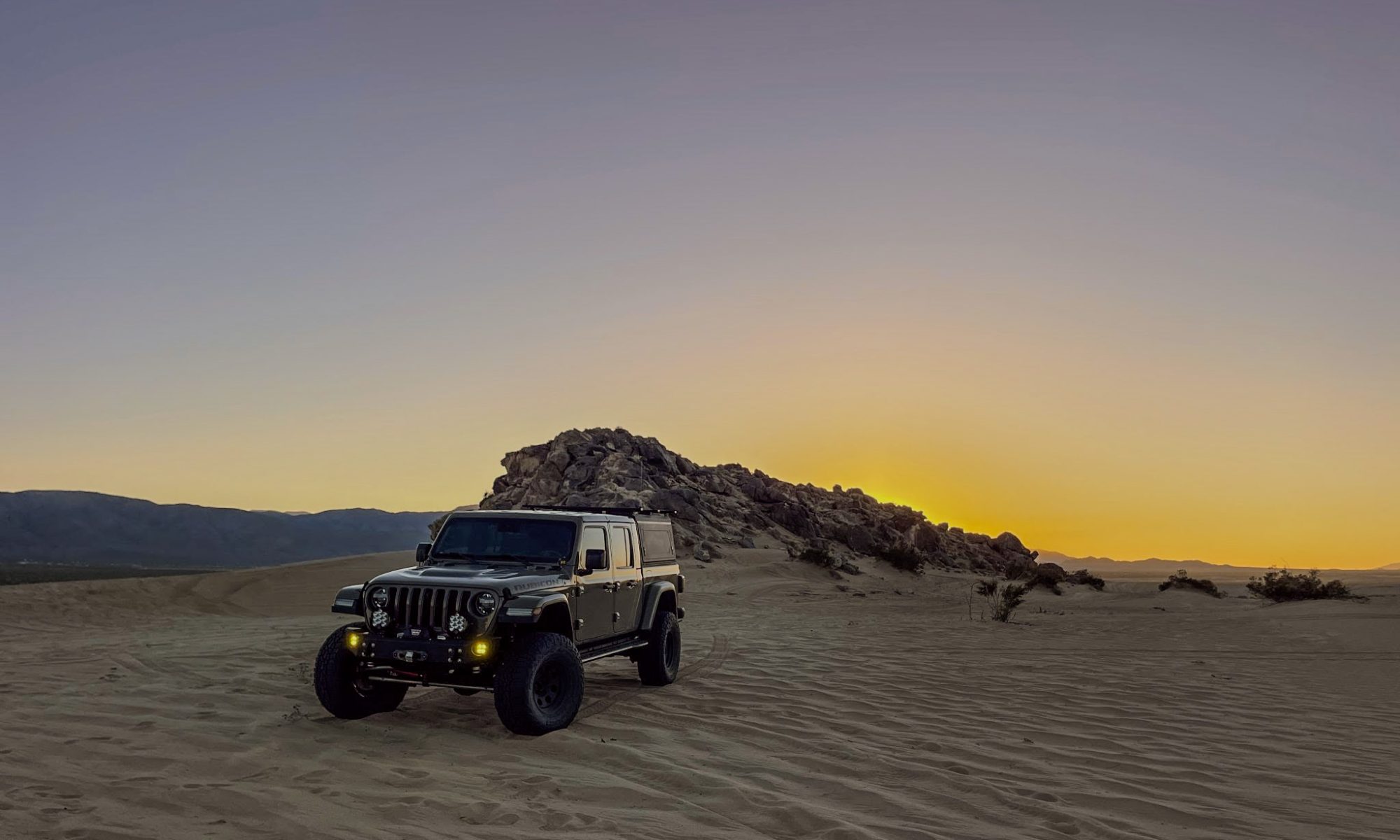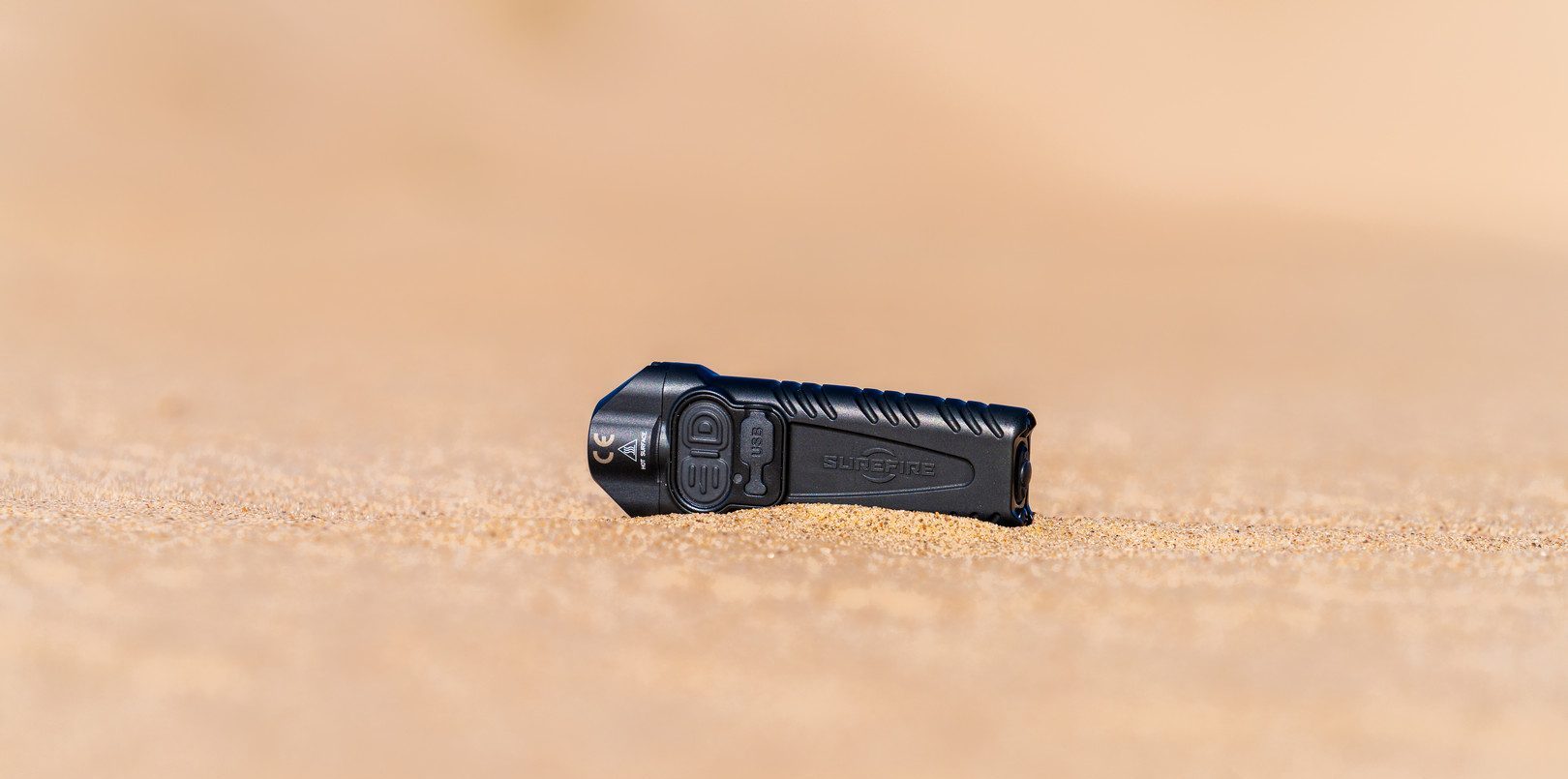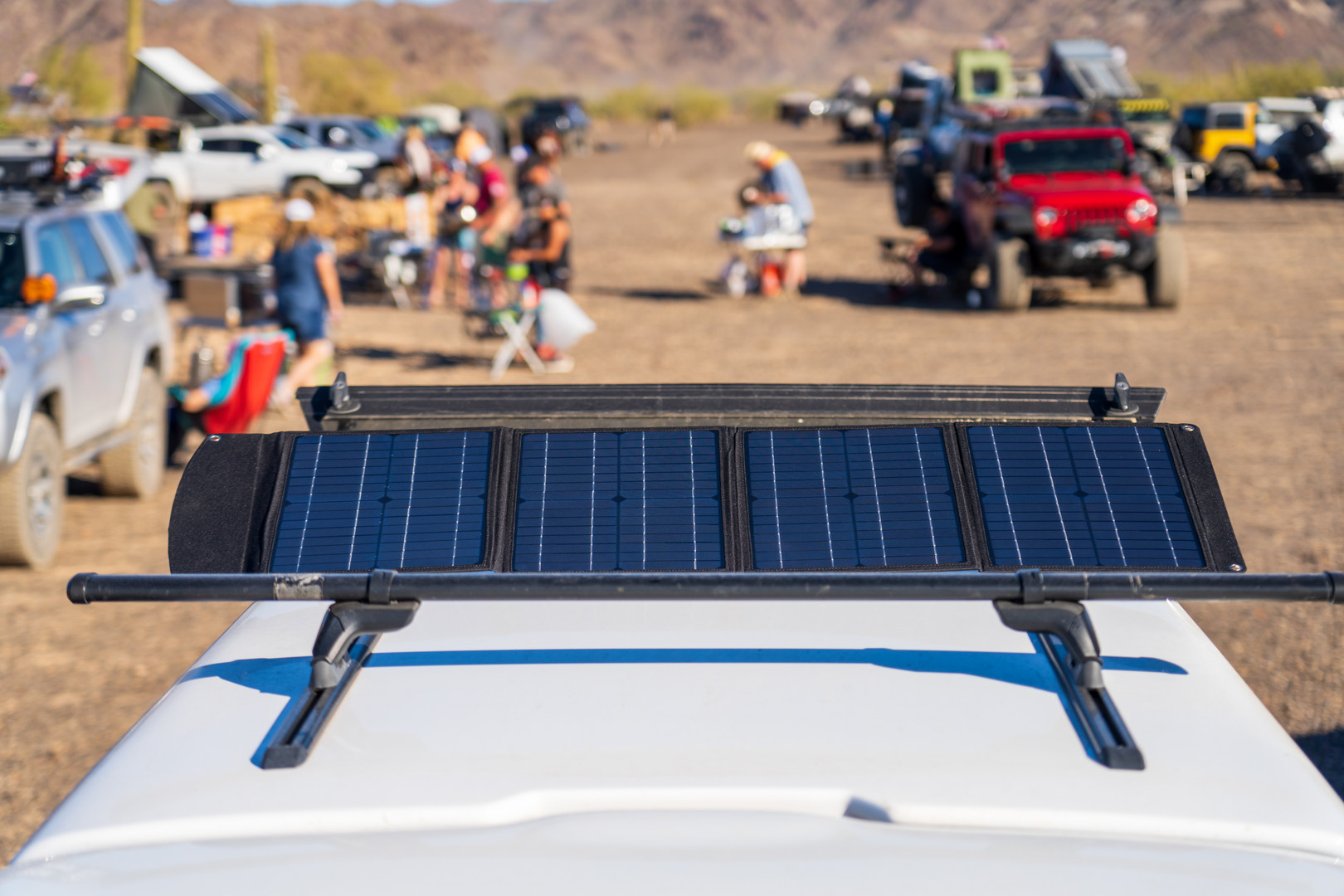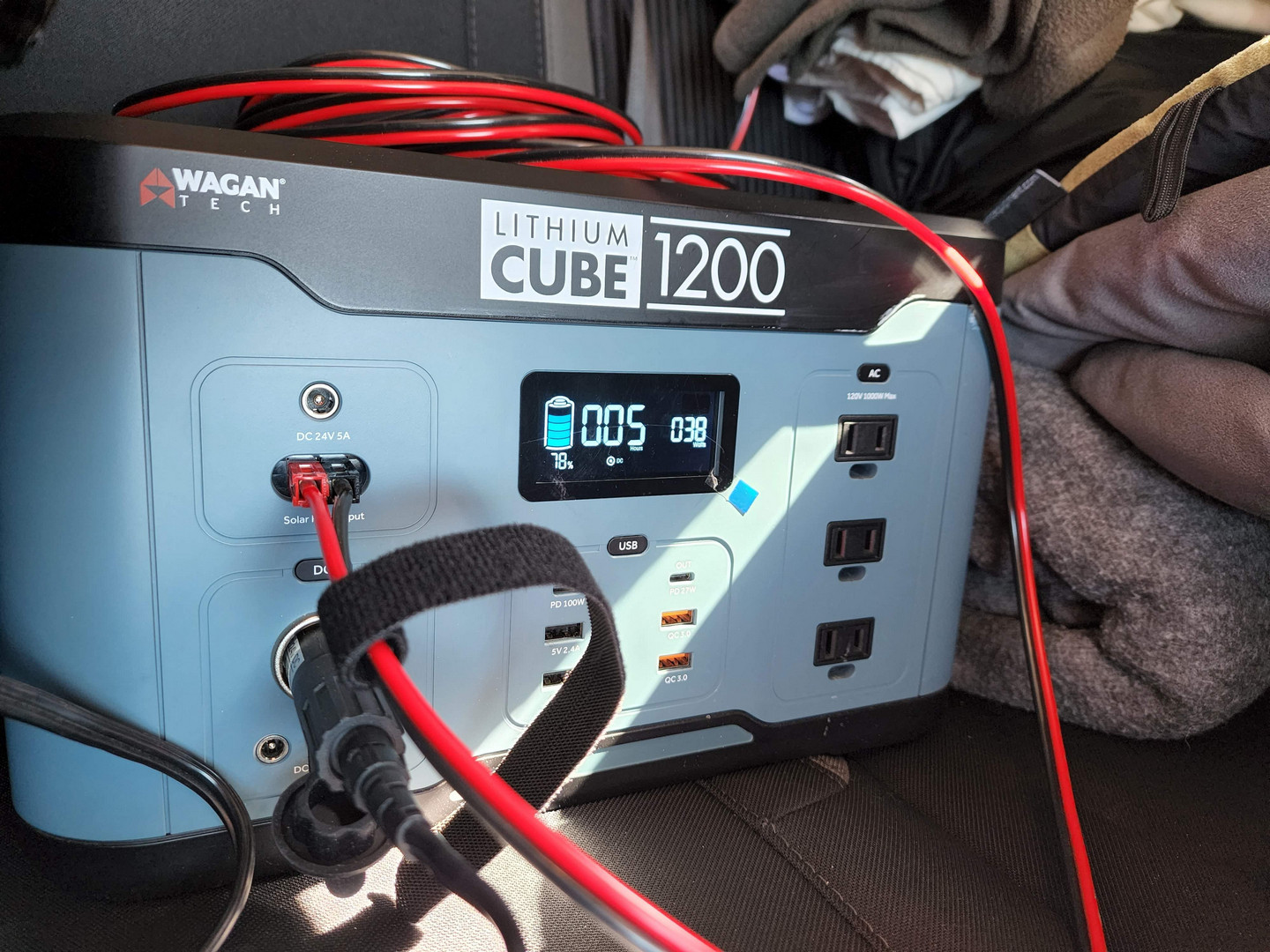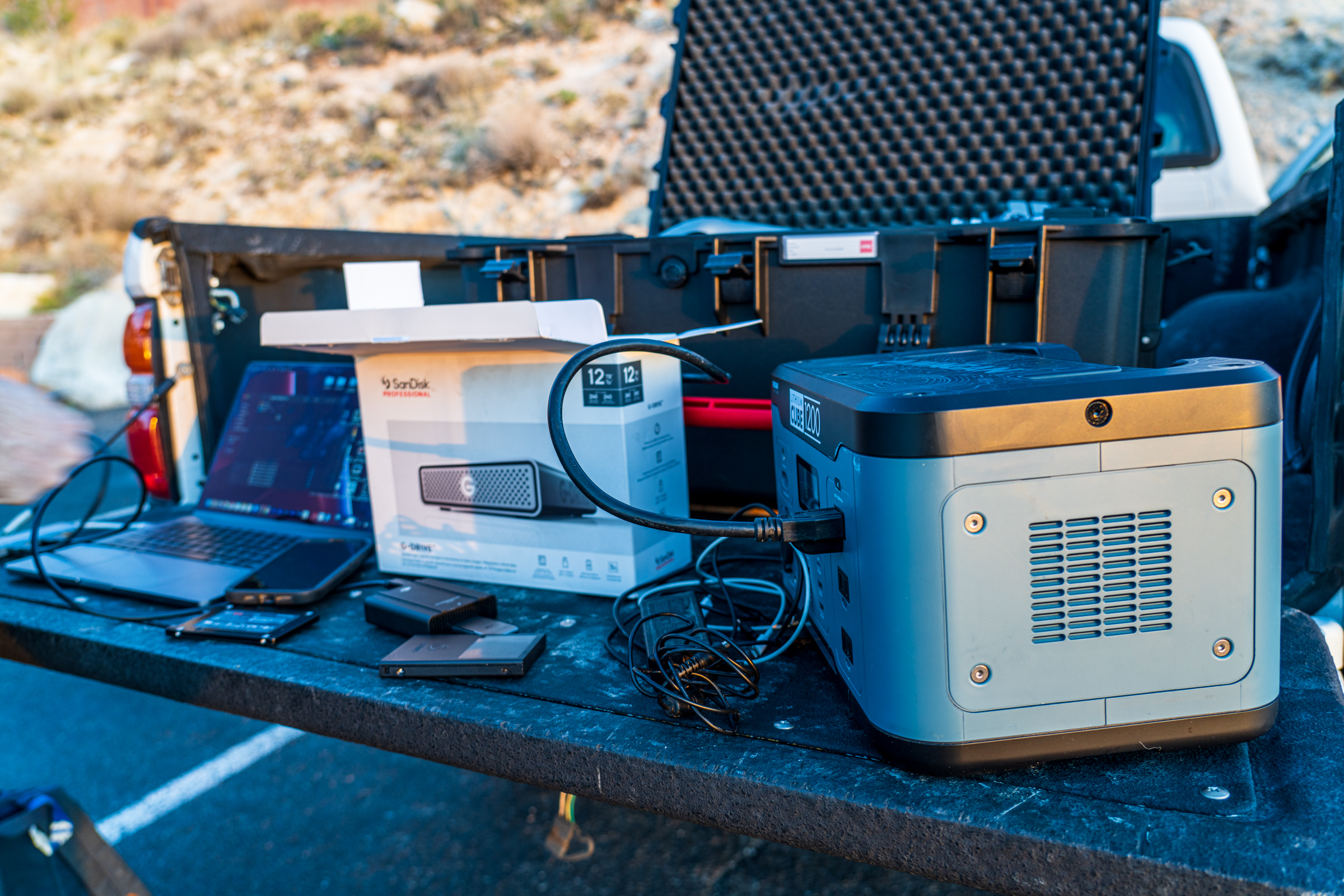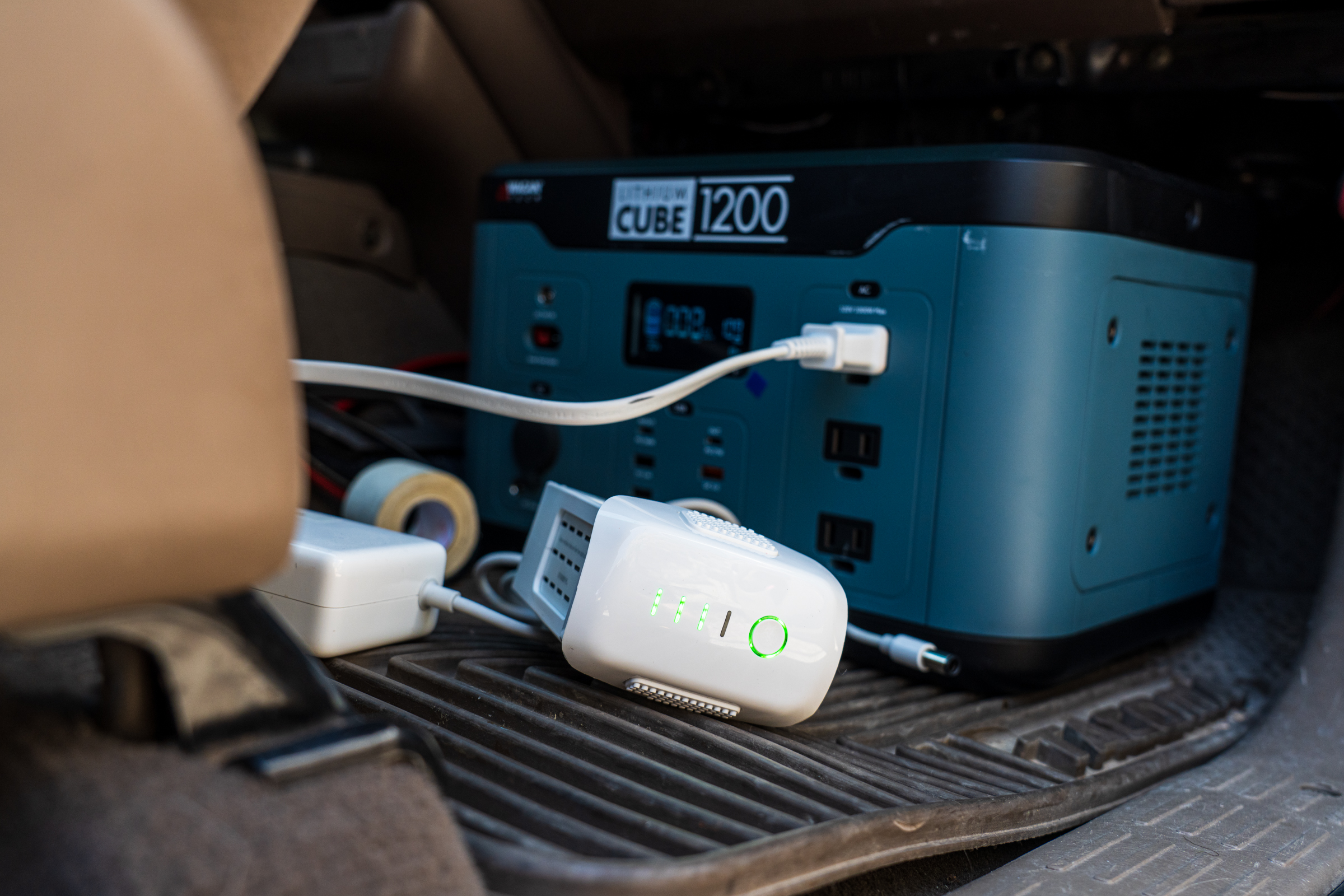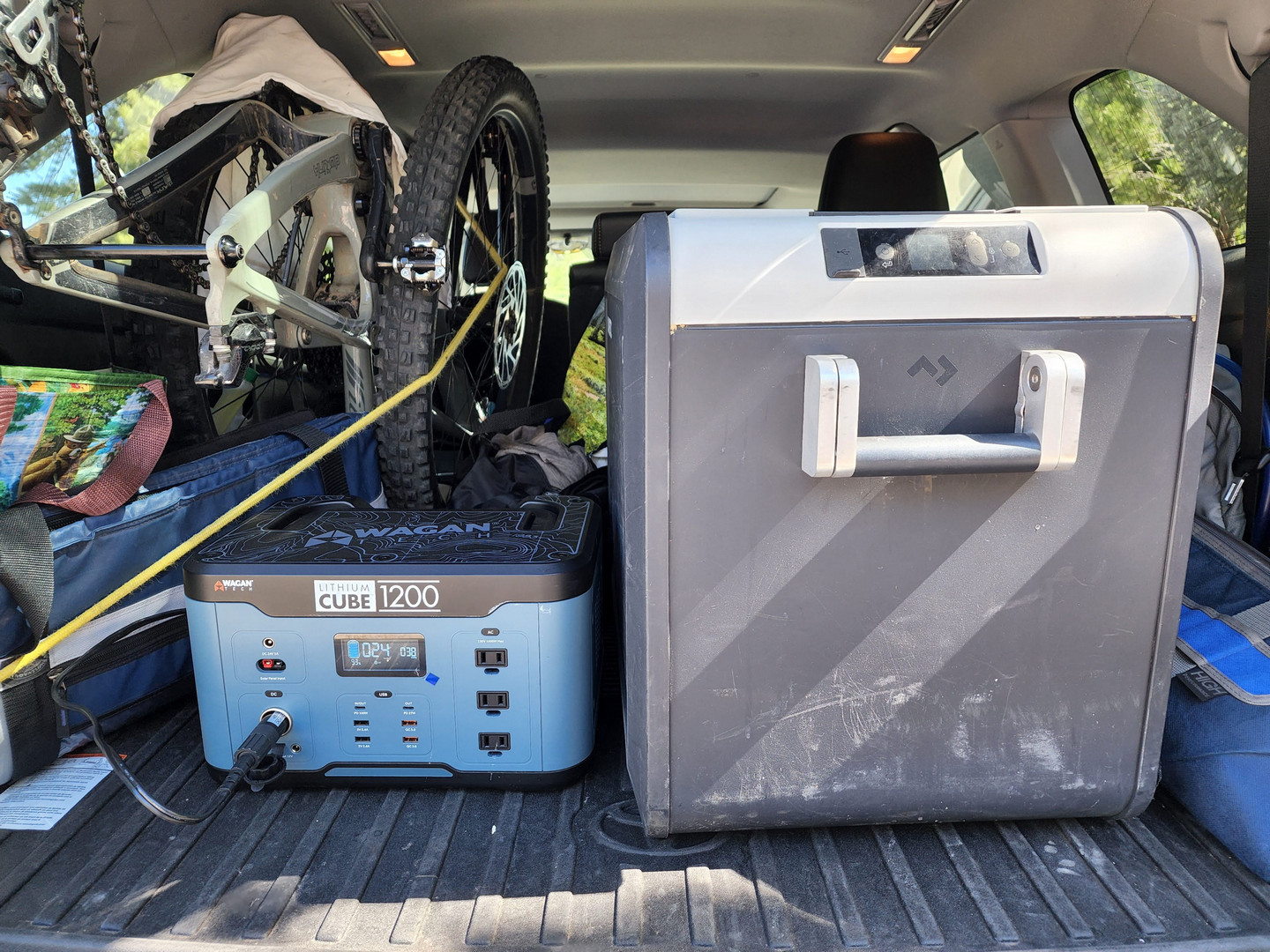A good EDC flashlight needs to be versatile, easy to use, and able to hold up to absolutely everything life exposes it to, day after day. Surefire is known for making some of the best illumination tools money can buy, and their Stiletto series of lights offers a unique feature set that makes them incredibly versatile and useful while hitting all of the standard Surefire checkboxes like quality, performance, and durability. For the last few months, I’ve been carrying Surefire’s Stiletto Pro as my daily driver, and in that time, I’ve come to really appreciate having this light in my possession.
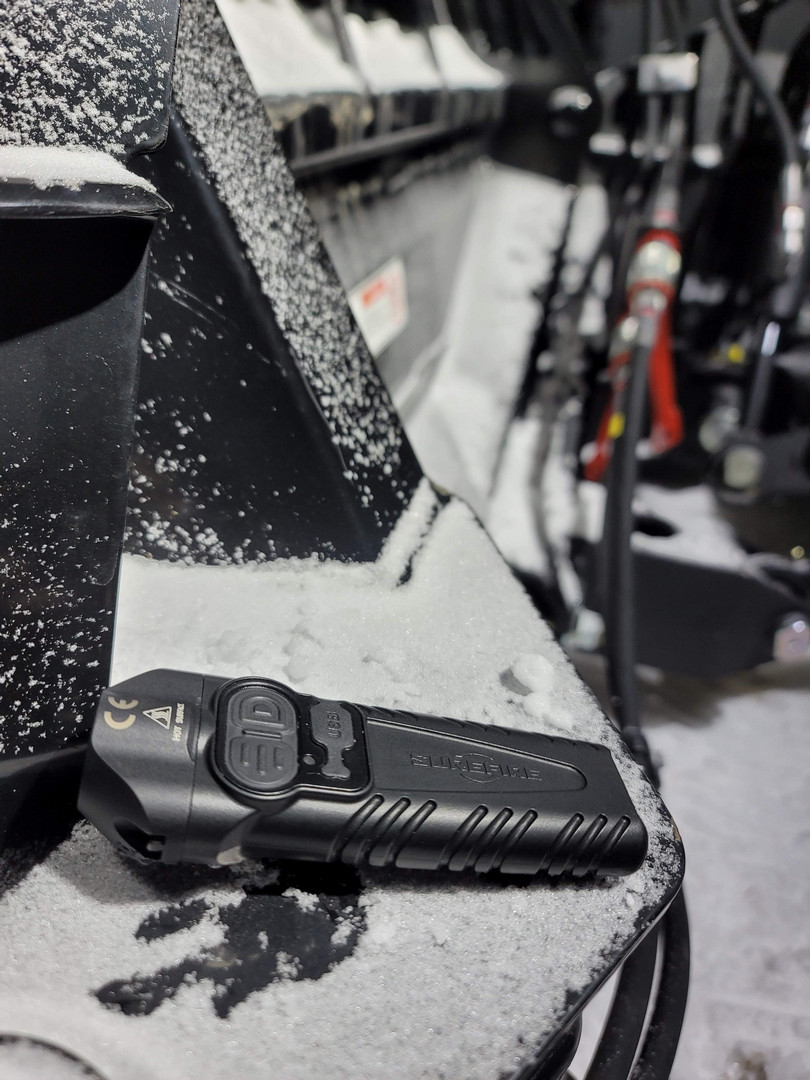
Surefire makes two versions of the Stiletto; aptly named Stiletto and Stilletto Pro. Both lights share the same design language, but there are a few distinct differences between the two models. The Stiletto has a polymer body and weighs in at 2.8 ounces. It’s three levels of light output provide more than enough versatility for any lighting need, with output levels at 5, 250, and 600 lumens. The Stiletto retails for $129 USD. The Stiletto Pro features an aluminum body, which allows for extra heat dissipation and as such light output levels are increased across the board. Low is 25 lumens, great for digging in a bag or in small spaces. Medium is 300 lumens, which is quite a bit of light. Yet, when you need a piece of the sun in your pocket, High gives you 1000 lumens of light output from a light that weighs 4 ounces. Retail on the Stiletto Pro is $229 USD. Both lights feature programmable power switches where you can configure how the light cycles through its respective light outputs. There is a tactical switch at the end of both lights that can turn the light on to high power, or with three taps of the switch engage strobe mode.
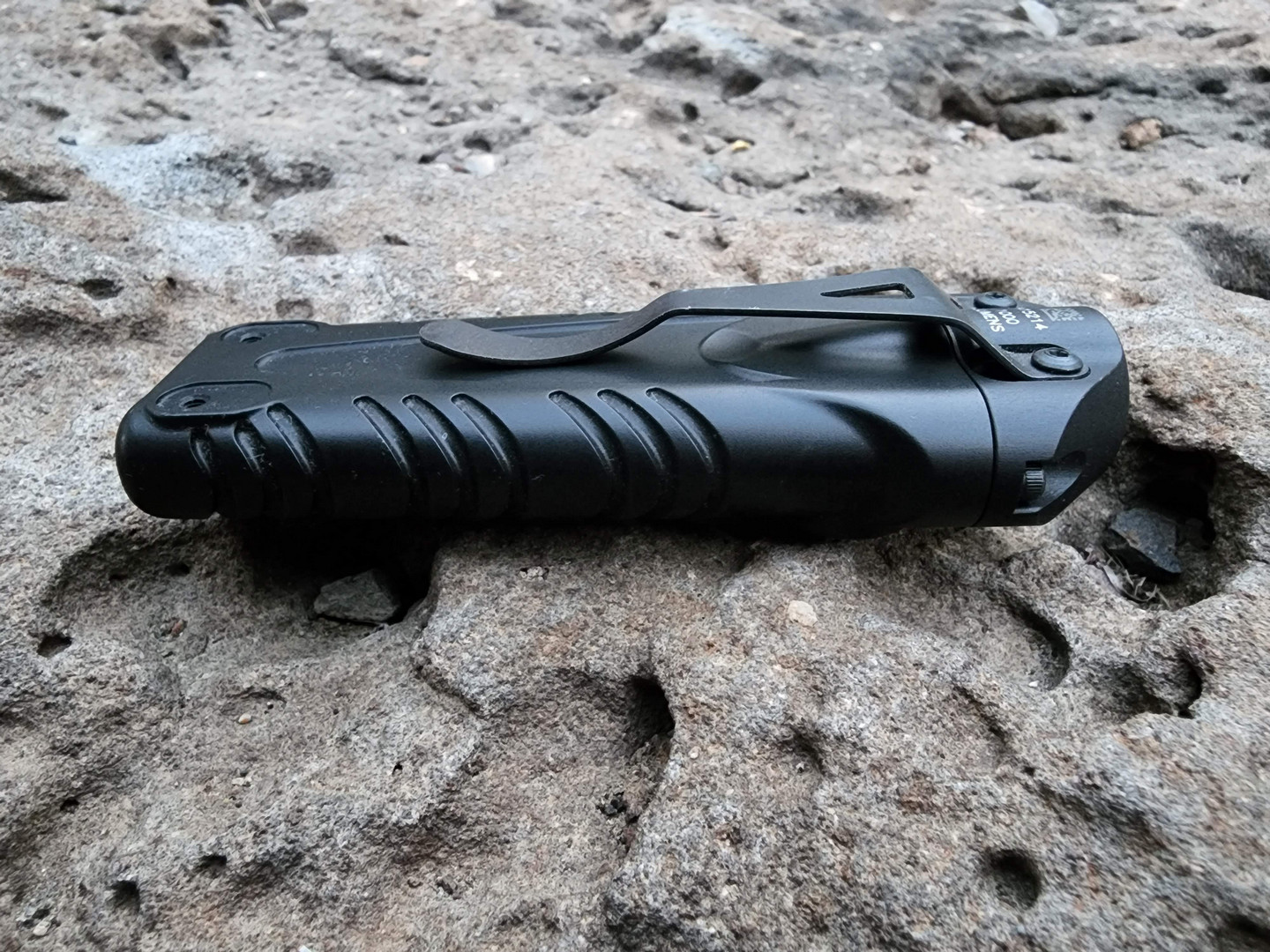
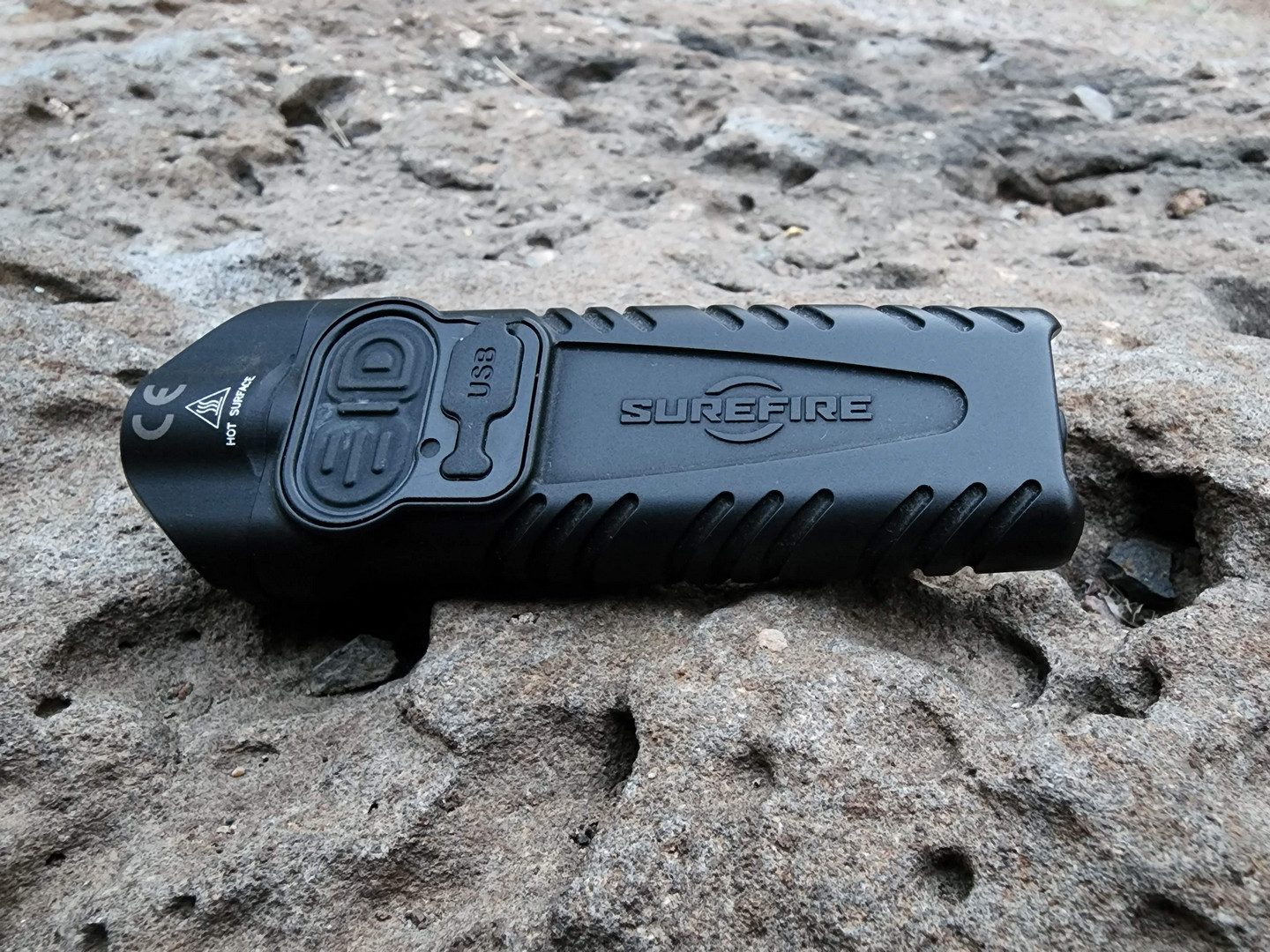

Rounding out the feature set on the Stiletto series of lights is a reversible belt clip that lets you carry the light lens down or up. Some users may prefer to carry the light lens down, so that it’s easy to draw the light with their hand on the tactical switch. However, if you carry the light lens up, the Stiletto series lights can be clipped onto a hat brim to make a very powerful headlamp. It’s pretty darn convenient to be able to just clip the light to your hat / collar/ or other piece of gear as needed so you can work with both hands instead of having to go get a headlamp.
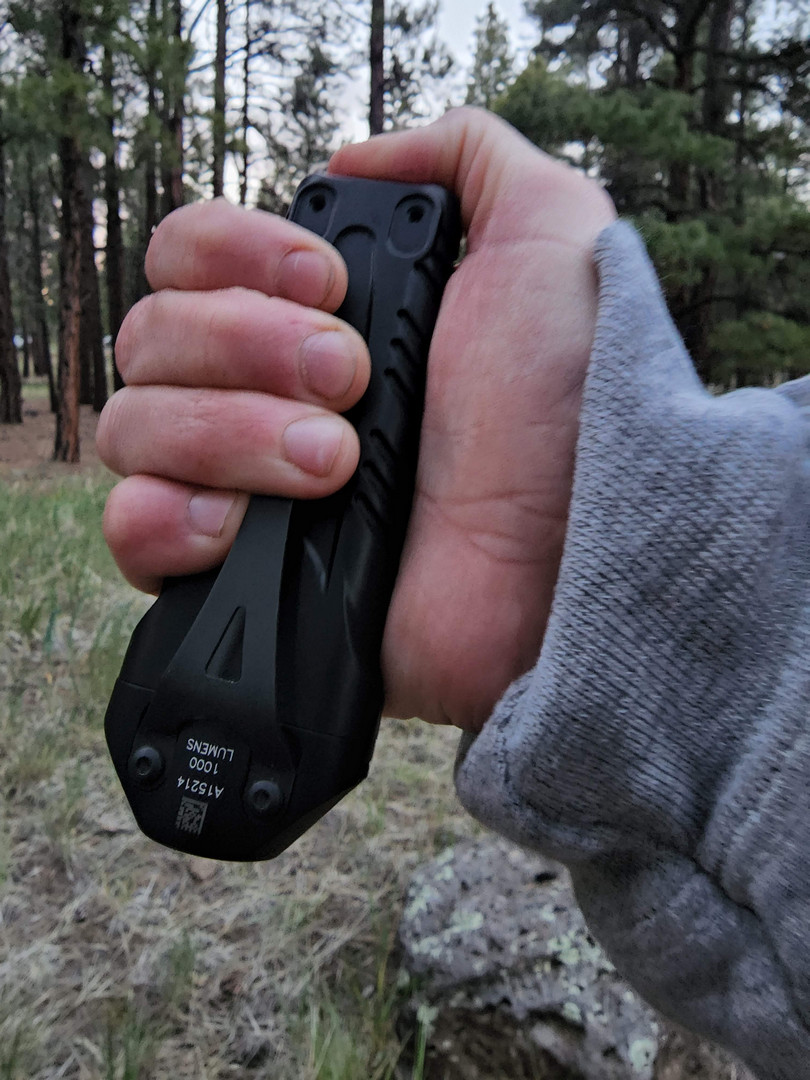

In hand, the Stiletto Pro feels great. The controls are easy to find and access, and no matter how you hold the light the controls are always accessible. The light’s unique shape creates a rock-solid grip with both gloved and bare hands. After working with the Stiletto Pro, switching back to a cylindrical shaped flashlight with only an end cap switch feels awkward. In other words, the Stiletto Pro spoils you with how easy it is to use.
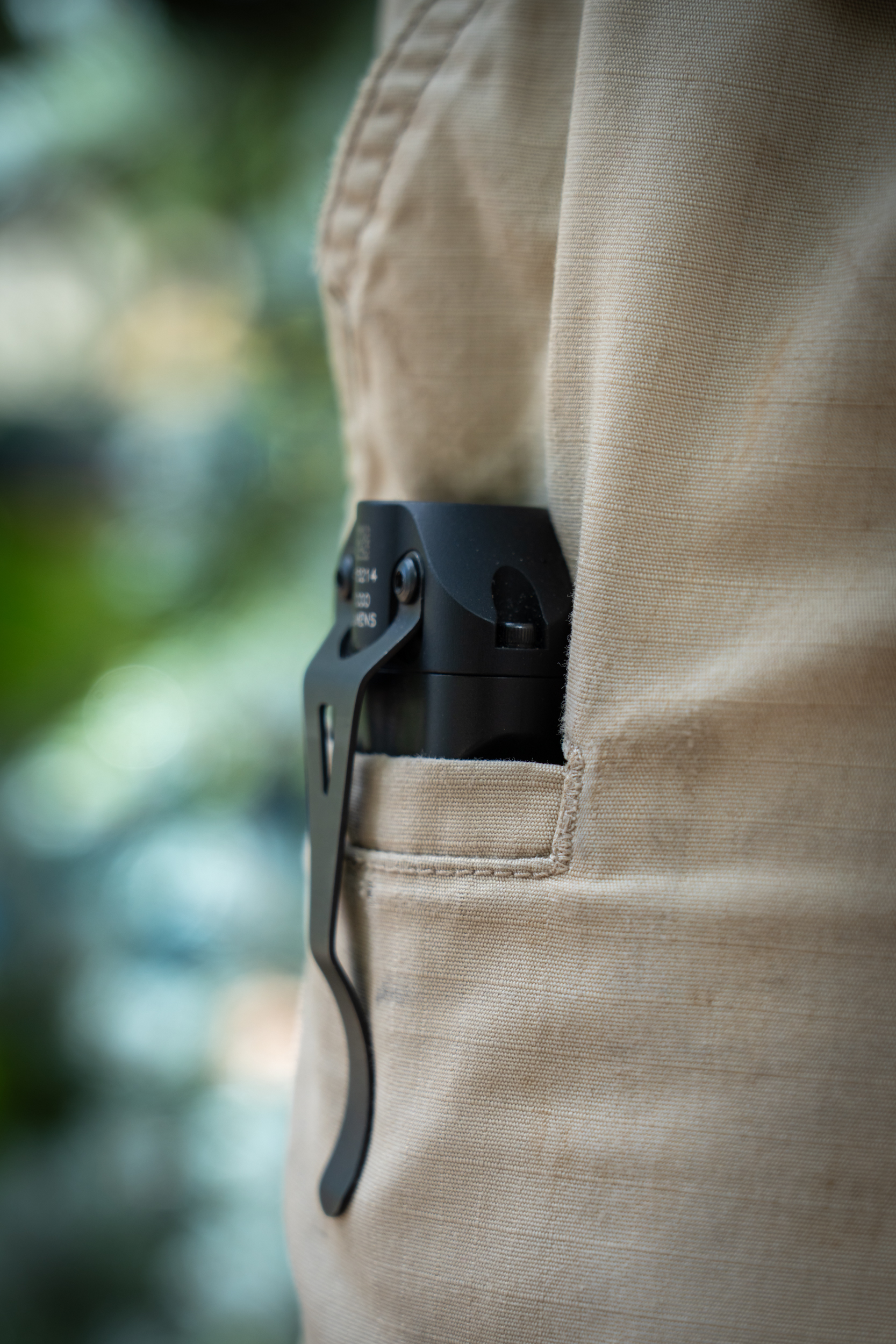

Likewise, the Stiletto Pro’s unique shape makes the light a joy to carry in your pocket. It’s unique shape make the light less noticeable and therefore more comfortable when carrying the light, even when it’s in your back pocket and you’re sitting on it. Again, the Stiletto Pro is a joy to live with, and trading it out for a cylindrical flashlight will have you missing the Stiletto Pro.
Charging the Stiletto Pro is as easy as possible thanks to the light’s built in lithium battery and micro-USB port. All you need to do is plug the light in and wait for the fuel gauge LED to turn green and the light is charged. The end. Its so nice not to have to worry about packing enough 123s or other batteries or a dedicated charger. Yet the best part of USB charging is that it’s easy to always have a light that’s starting at full power. There’s no more trying to use up a disposable battery that’s currently in a light, and dealing with reduced output just to use up consumable batteries.

The Stilettos are fully programable, so you can control how the light works. I LOVE the fact that I can start with a mere 25 lumens of light output and cycle up to unleashing the sun on problem if needed. (If you want to reverse the power switch order, you can do that too.) There’s also the tactical switch on the end of the light which lets me go straight to full power. In this configuration, I can use primary switch to cycle up through the light outputs as needed, and I can go full power with just one press on the tactical switch if the situation calls for it. I’ve never blinded myself with the Stiletto Pro by accidentally turning the light on to high power, nor have I ever found myself wishing I could change how the light is controlled.
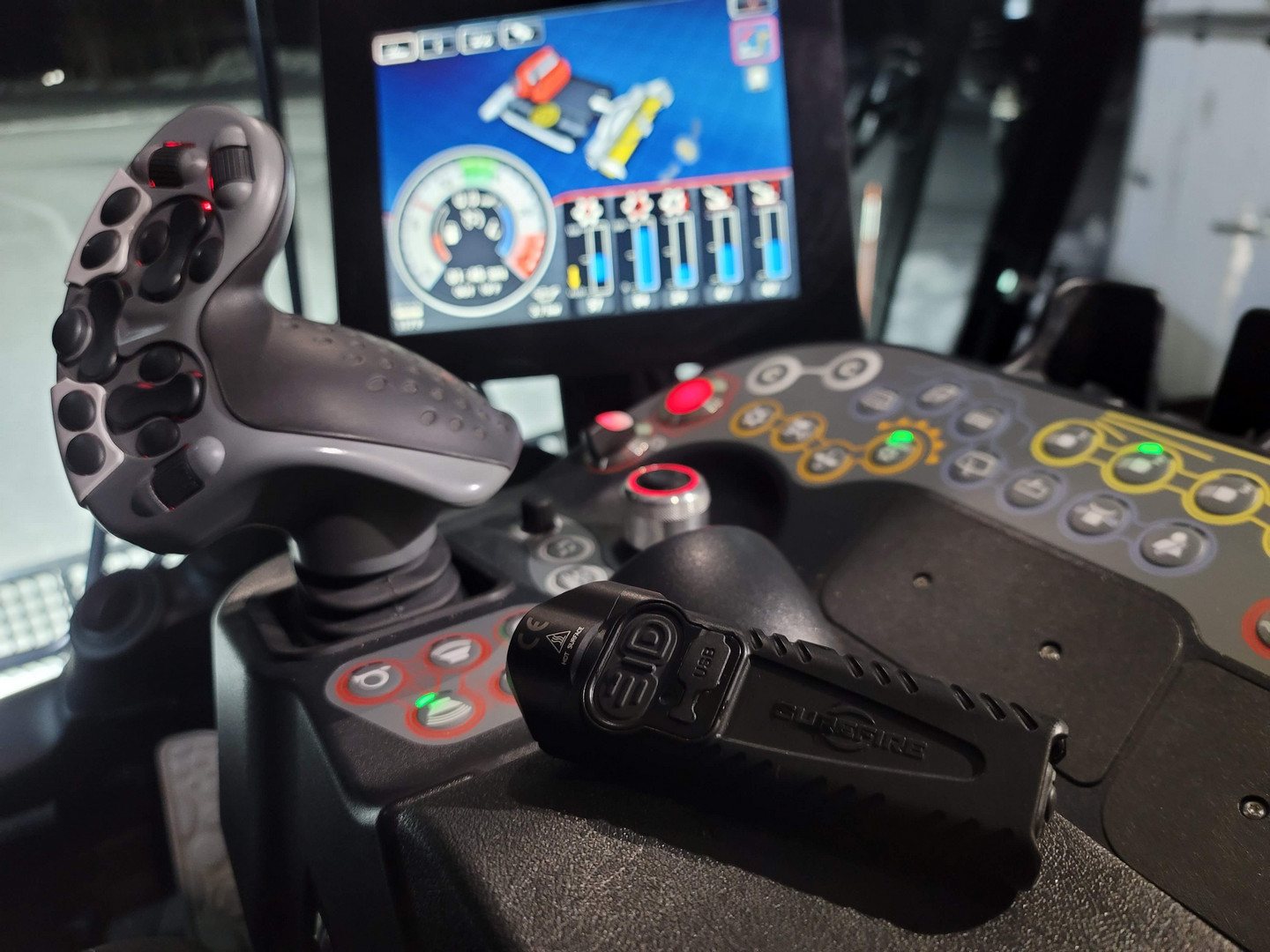
The Surefire Stiletto Pro has proven to be an outstanding flashlight. It’s has gone everywhere with me over the last few months, and in that time it’s become my favorite / go to flashlight. It’s a joy to carry, awesome to use, easy as possible to charge, and the controls will spoil you from using any other flashlight. So what’s the downside? The price. The Stiletto Pro isn’t cheap, especially when there are a kabillion options for cheap lights out there. Yet, lighting continues to prove that it’s something where you get what you pay for, and there is certainly something to be said for paying more for a product that isn’t going to let you down when it counts.
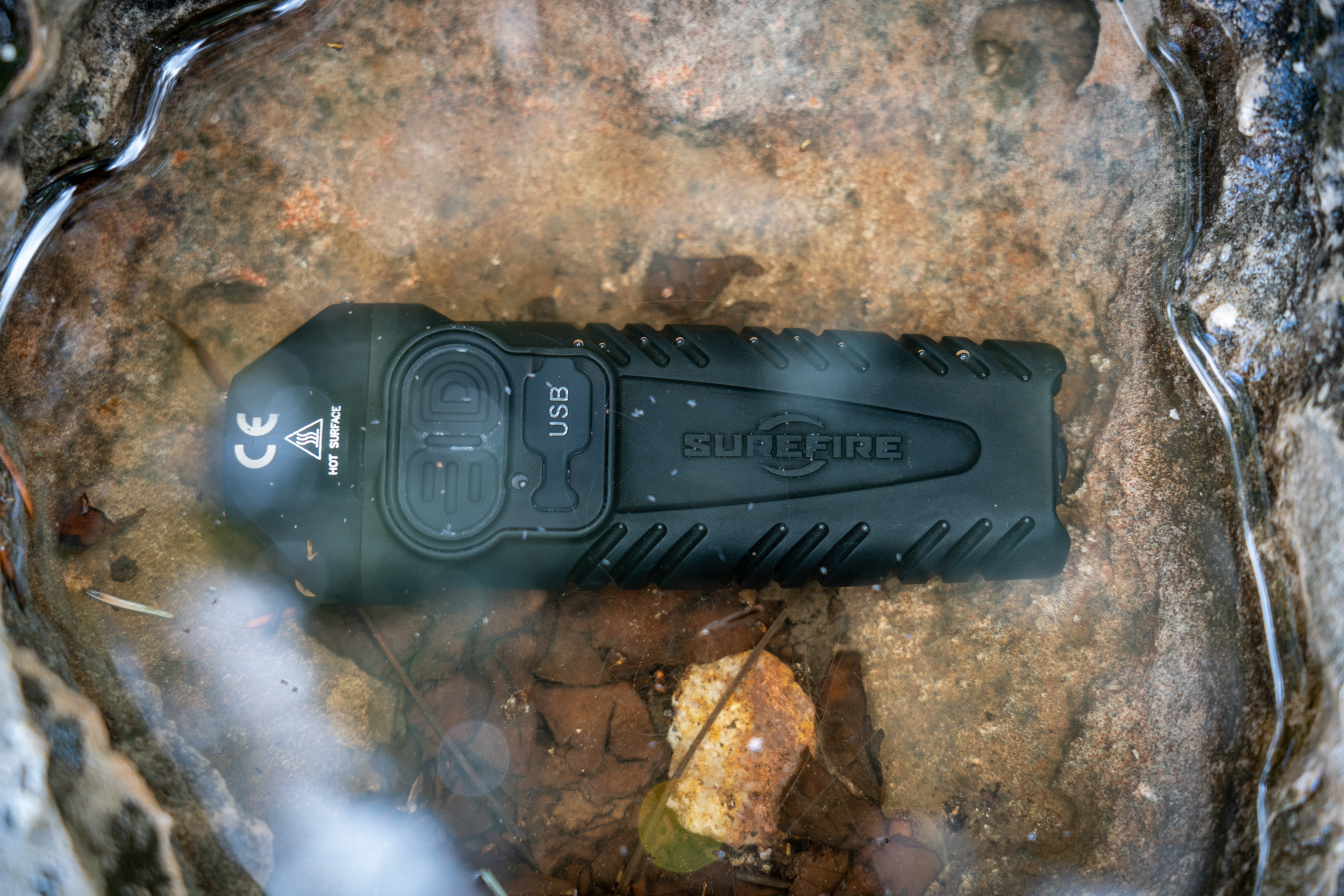
Point in case – at last light on the last day of his first Bull Elk hunt, my buddy shot his first Bull. From my vantage point on the hill behind him, I was able to watch the whole thing go down through my binoculars. I saw the muzzle flash, watched the bull drop like a sack of potatoes, and then seconds later heard the sound of the rifle shot. I had a 15 minute hike to get to where this all went down in a meadow surrounded by Pinion / Juniper trees. In that time, my buddy’s chineseium USB chargeable million-lumen light had completely stopped working, and he was trying to locate a Bull in tall grass that was 200 yards away with the light on his phone. Thanks to the Stiletto Pro’s 1000 lumen output (and having a birds eye view at one point), I was able to locate the Bull a couple of minutes after linking up with my buddy. When it was time to break down the bull, I set the Stiletto Pro to low power and clipped it onto my hat. My headlamp was dead weight in my pack on that hunt, because the Stilleto Pro once again proved it’s versatility.
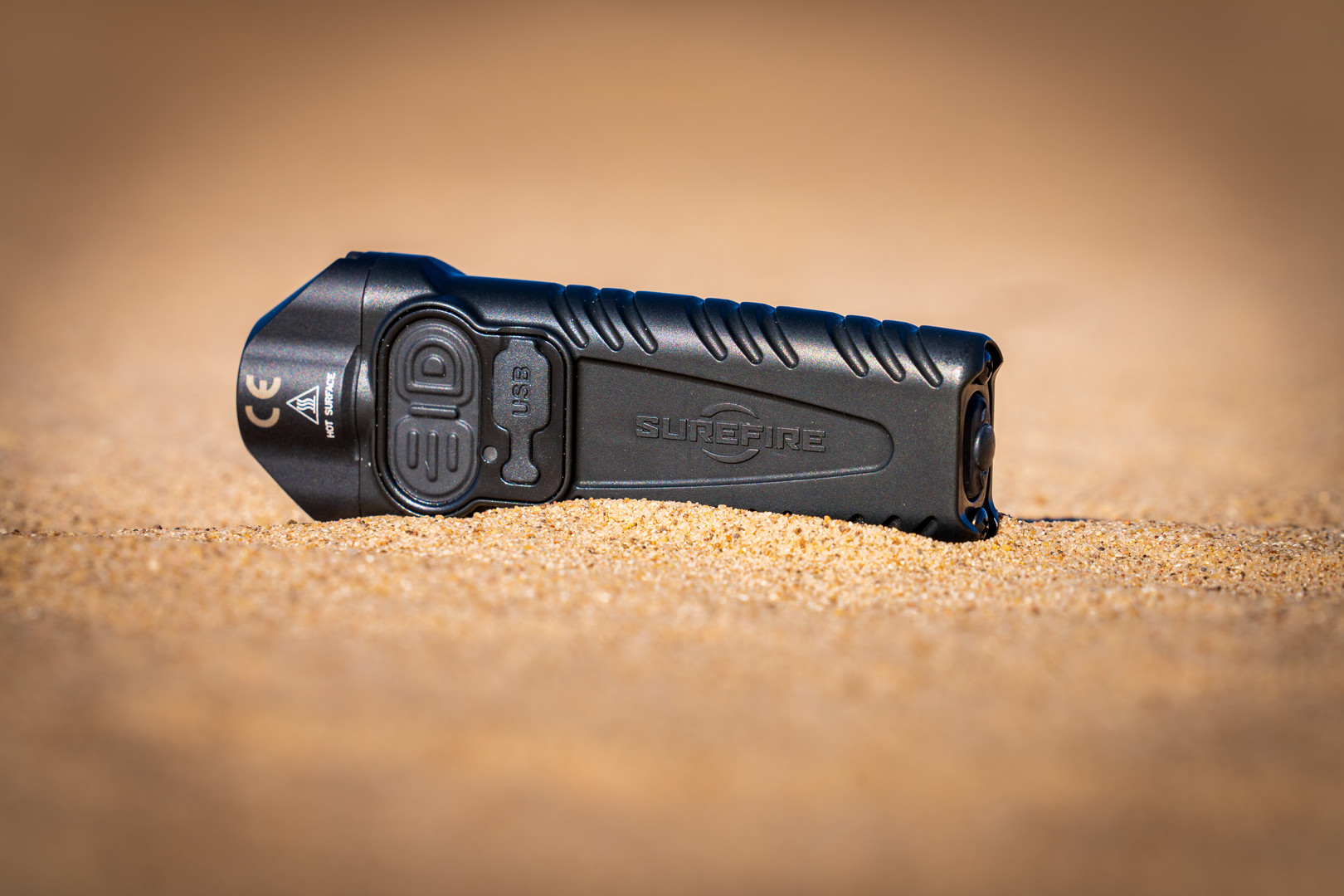
The Surefire Stiletto Pro is a great flashlight that has become my go-to flashlight in the time I’ve been evaluating it. It’s versatile enough to provide a touch of light to look in a pack at night, and powerful enough to make short work of finding a Bull Elk that blends in with tall grass. Nothing and I mean nothing has phased this light. Cold, hot, sand, snow – it doesn’t matter. The Stiletto Pro works exactly as advertised every time I’ve reached for it. When I’m not using it, it’s takes 10 seconds to set it up for a charge, and having a light that is always starting at 100% state of charge is so much better than having to consume other batteries, because I’m not cool enough to go through 123s like M&Ms. The light clip makes it easy to go hands free, and the light’s unique shape make for a great fit in hand or in your pocket.
There is no shortage of options out there when it comes to flashlights, but for a top shelf, Made in the USA light that does absolutely everything well, the Surefire Stiletto Pro has proven to be a great lighting tool that’s worth every penny.
FULL DISCLOSURE: The product featured here was provided at no cost to the author for the purpose of this independent product review.
